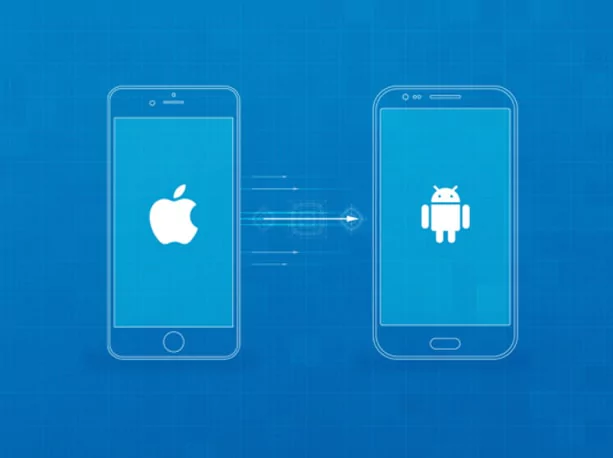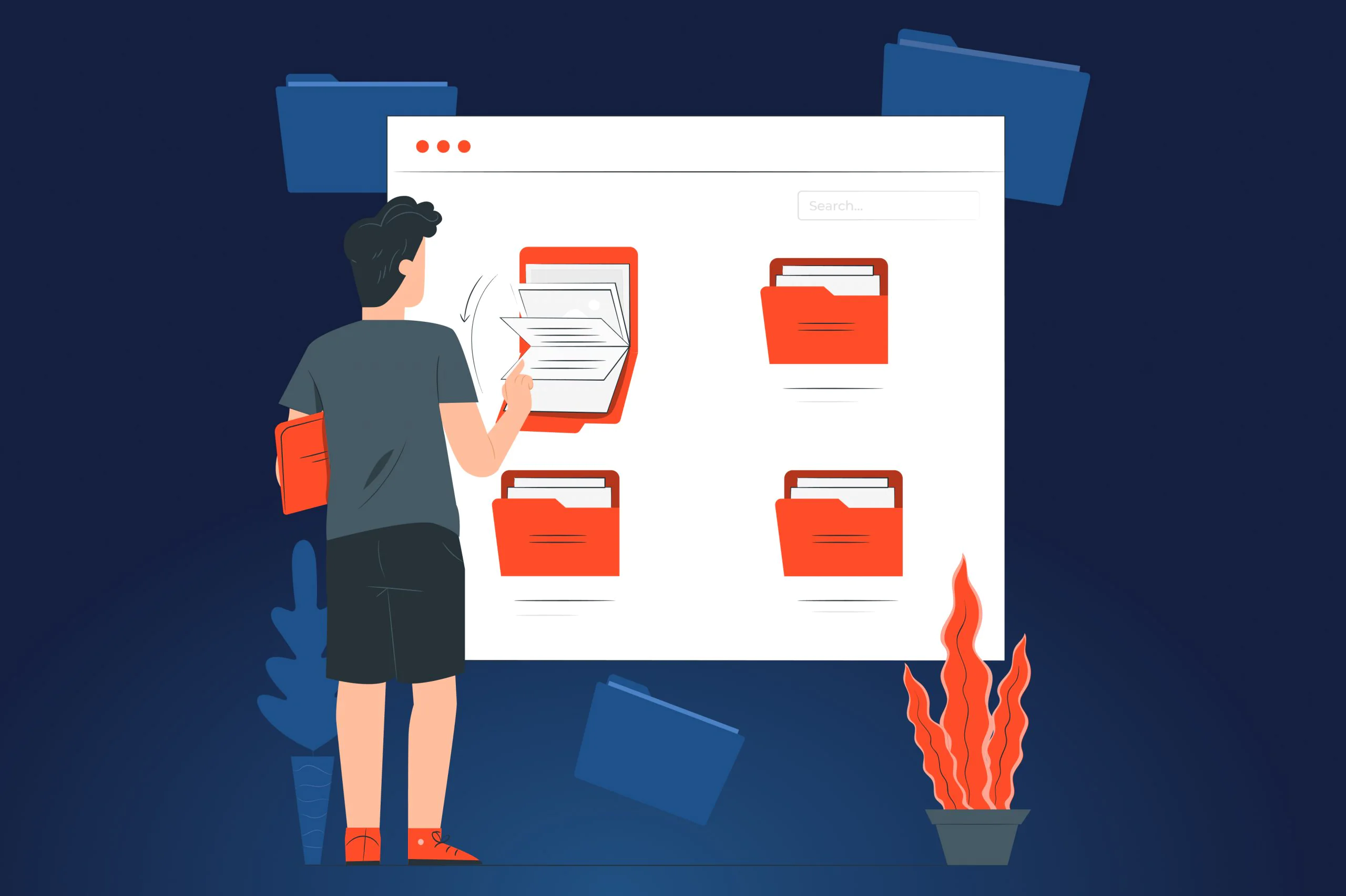It is great to have an award-winning mobile app for iOS or Android. However, have you ever thought of porting your application to another platform? Most probably, you have. That is why you are reading this article now. We have come up with some crucial questions and utile points. Hope, you will find the further information useful.
Steps to port an APP

The task may appear not as challenging as it seems at a first point of view. Whether you need to port your application from Android to iOS or vice versa, you need to keep in mind some of the following issues:
- Requirements.
- The development process.
- Design.
- QA testing and maintenance.
Today, we are going to have a closer look at all of those issues and stress the main priorities and obstacles you may face when porting your app to another platform.
Gathering requirements
Requirements gathering is the first and foremost step of porting your app to another OS. If you are new to the world of mobile applications, the task may seem a bit too hard. On the other hand, you can always opt for professionals who will use the guide to an existing app preventing you from writing endless specifications. Professional developers use the guide to port your app to a new platform.
The development process
Some rookies mistakenly think that porting an iOS app to Android is the same as translating the iOS code. This is a common delusion. The entire process of porting the application requires a brand new development from scratch. Moreover, it may reveal some new obstacles and challenges resulting in particularities that identify a separate OS. Always keep in mind when porting an app from one platform to another you may have to handle a set of different configurations for a particular hardware, OS support and customization.
Hardware configurations
Apple delivers different types of devices as well as its versions and modifications. Even if you hold two equal devices exclusively produced by Apple, they may feature different hardware configurations you need to consider when porting the iOS app to Android. Developers need to take into account a set of different configurations that may range for screen dimensions and resolution to processor specs, buttons, storage, layout and many others. Choosing the right hardware is vital. For example, the lack of space on any iPhone model may result in the necessity of hiding images and display text only. On the other hand, later iPhone versions like 5S or 5C are able to display both text and images. The best bet is to opt for professionals. Our team works with dozens of projects related to porting an app to the new OS. It means that we are well aware of all necessary hardware configurations necessary to consider for 100% exceptional performance of your product in spite of the platform you choose.
OS support
Apple regularly comes up with all necessary modifications and updates for its products. On the other hand, Android receives its updates within wider varies. The latest versions of Android devices are usually left without updates for a particular period necessary for developers to compete for the cycle. However, it is extremely important to make an application compatible not only with a new platform but also with the previous or forthcoming versions of the existing OS. Supporting the latest Android versions is a good idea. At the same time, you should consider the most popular versions for your particular region. Always take into account the most widely spread versions in order to meet the expectations of the users. The main problem here is that every new version features has its own functions and specifications. It is sometimes hard for developers to predict whether an app will perform equally well on all versions. Our professionals implement different approaches, use emulators and try to develop some of the most anticipated features by themselves to ensure application’s smooth running.
Customization
The key difference between iOS and Android for every developer is the availability of the source code. Apple’s devices come with a closed-source type of OS while Android releases its code as an open source. In other words, Android developers are less restricted when working with the code, customizing it or making any changes if compared with iOS source code that is closed. However, the situation is not as easy as it seems. Although Android provides more development freedom letting them customize the code in its full swing, they will inevitably come across some specific issues that will result in the lack of customization capabilities. Those who have ever tried to develop extended video recording features for Android devices are well aware of what we are talking about. It would be a great or even an impossible challenge to implement some specific features like Slow Motion, for example. On the other hand, in spite of being restricted to developers due to a closed source code, Apple still delivers some award-winning development tools from the box. Even the closed code does not actually mean that you do not have the slightest opportunity to come up with your own library.
Design

Whenever you want to port your app from one platform to another, moving the application design is probably one of the biggest challenges. However, our qualified specialists are able to handle any task. They have a deep knowledge and understanding of every OS requirements and standards. You will also have to consider users’ behavior. Otherwise, you will not be able to ensure 100% successful users’ experience, which is certainly a crucial part of your general success. The great interface in addition to the attractive look of your app will make it closer to the top.
Here at JatApp, we deal with several major types of design adaptation. They are as follows:
- Platform-Oriented Adaptation;
- Brand-Oriented Adaptation;
- Mixed Type of Adaptation.
The first thing we do is analyze the existing core of your application as well as its UI and UX features to choose the best approach that will meet customer’s expectations and enable a smooth running of the app on a new platform. At this stage, we try to work out some most effective solutions for app users. Every type of application requires different approaches when it comes to design adaptation. If you want to provide an easy access to the content of your product for users, following major fundamental Android and iOS conventions is the best bet. Design adaptation calls for considering such issues like screen dimensions, resolution and other features when porting an app from iPhone to iPad or from a smartphone to different types of wearable devices.
Imagine a situation, when your application has a great success and recognition among customers using custom components. Is there any need to change them? Of course, not, as they have proved to be the beneficiary. On the other hand, it should never be about copy pasting while the brand consistency should be maintained.
We recommend using a mixed type of design adaptation when you need to port the iOS app to Android and vice versa. On the other hand, it is the most complicated one if compared with two others. Our professionals are ready to implement this methodology and bring your product to success in spite of the mobile platform.
Support & QA testing
Testing is the most important and crucial step of the process that involves porting an app to a new platform. As a rule, experienced developers spend the most time on QA testing and support. The more devices and OS versions are introduced to the market, the higher possibility of bugs is. Testing methodologies and procedures appear to be the only way of detecting and eliminating all possible pitfalls and malfunctions before the app is ported to a new OS.
We take pride in our team of dedicated and qualified QA engineers and testers who successfully implement various testing methods ensuring 100% efficient operation of your app in spite of the mobile platform. Nevertheless, the most skillful tester will never be able to predict all possible scenarios. For this reason, support is another crucial stage of the process.
Every time you want to boost your business growth and development within a short period using your existing mobile app, JatApp is here to help! You may not choose our company as your future business partner. At least, we do hope you will find the information in this article useful.


